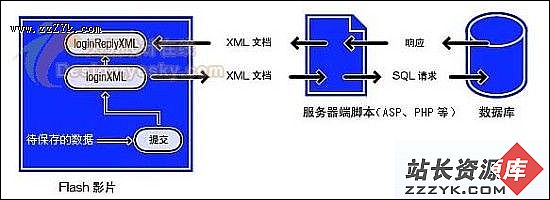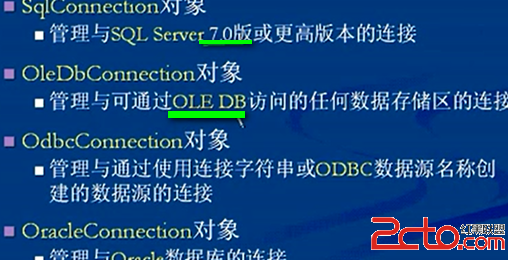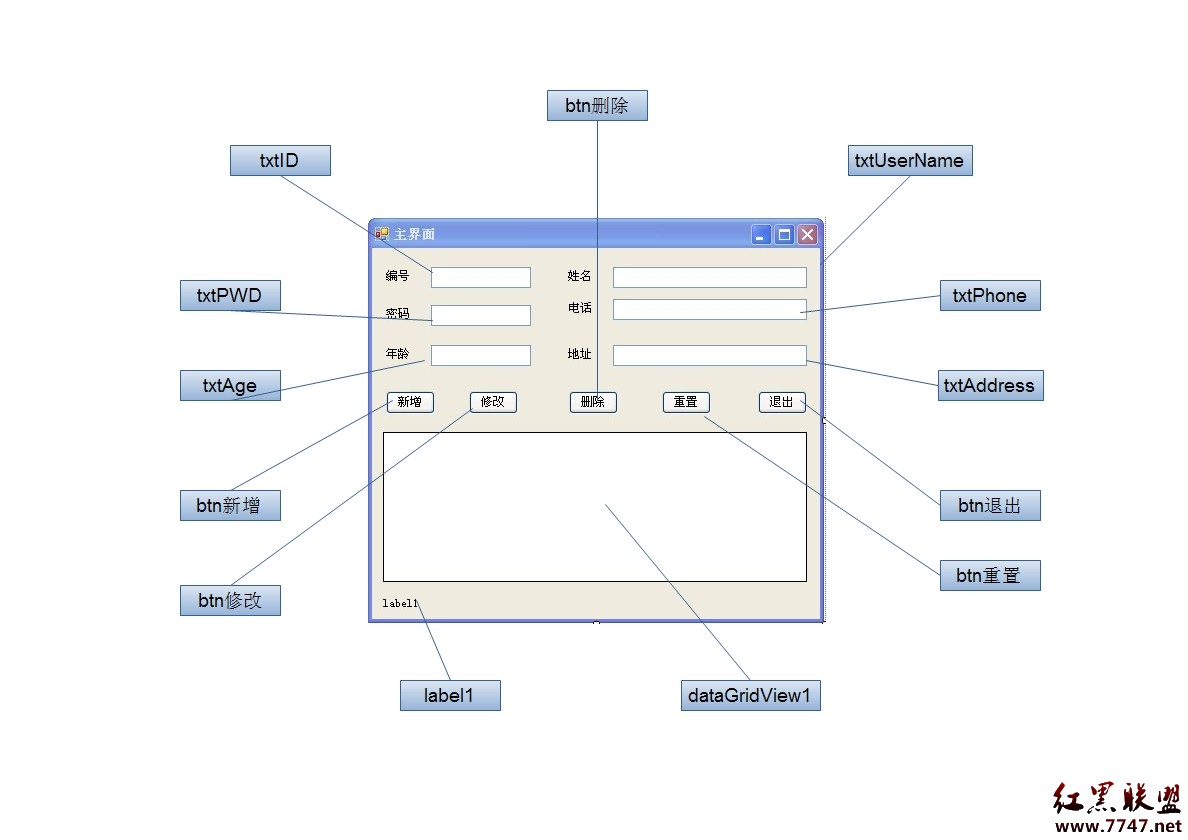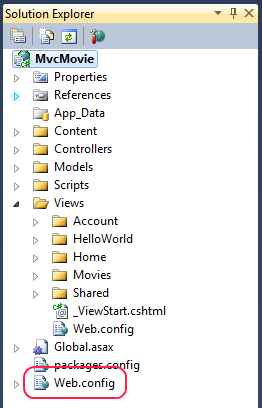asp.net mvc源码分析-BeginForm方法 和ClientValidationEnabled 属性

运行结果就是生成form表单

一般我们的表单提交都涉及到强类型,所以一般需要@model MvcApp.Controllers.UserInfo指令,那我们来看看你用@using (Html.BeginForm()) 和Html.BeginForm();、Html.EndForm();这两种用法有什么区别。
我们找到BeginForm返回的是一个MvcForm,而MvcForm的一定如下: public class MvcForm : IDisposable
可见使用using最后调用的是MvcForm的Dispose方法:
protected virtual void Dispose(bool disposing) {
if (!_disposed) {
_disposed = true;
_writer.Write("</form>");
// output client validation and restore the original form context
if (_viewContext != null) {
_viewContext.OutputClientValidation();
_viewContext.FormContext = _originalFormContext;
}
}
}
这里的_disposed默认是false,_writer是viewContext.Writer或则httpResponse.Output都表示当前的输出流。那么我们再来看看EndForm吧:
public static void EndForm(this HtmlHelper htmlHelper) {
htmlHelper.ViewContext.Writer.Write("</form>");
htmlHelper.ViewContext.OutputClientValidation();
}
可见EndForm和MvcForm的Dispose方法完全等价。
我们来看看你BeginForm是如何实现的,
public static MvcForm BeginForm(this HtmlHelper htmlHelper) {
// generates <form action="{current url}" method="post">...</form>
string formAction = htmlHelper.ViewContext.HttpContext.Request.RawUrl;
return FormHelper(htmlHelper, formAction, FormMethod.Post, new RouteValueDictionary());
}
public static MvcForm BeginForm(this HtmlHelper htmlHelper, string actionName, string controllerName, RouteValueDictionary routeValues, FormMethod method, IDictionary<string, object> htmlAttributes) {
string formAction = UrlHelper.GenerateUrl(null /* routeName */, actionName, controllerName, routeValues, htmlHelper.RouteCollection, htmlHelper.ViewContext.RequestContext, true /* includeImplicitMvcValues */);
return FormHelper(htmlHelper, formAction, method, htmlAttributes);
}
这里的FormHelper方法比较简单,里面有一句需要注意一下 bool traditionalJavascriptEnabled = htmlHelper.ViewContext.ClientValidationEnabled && !htmlHelper.ViewContext.UnobtrusiveJavaScriptEnabled;这里ClientValidationEnabled 和UnobtrusiveJavaScriptEnabled默认都是true,所以traditionalJavascriptEnabled 为false。
上面有个GenerateUrl方法,这个方法也很简单,关键代码就3句。
RouteValueDictionary mergedRouteValues = RouteValuesHelpers.MergeRouteValues(actionName, controllerName, requestContext.RouteData.Values, routeValues, includeImplicitMvcValues);
VirtualPathData vpd = routeCollection.GetVirtualPathForArea(requestContext, routeName, mergedRouteValues);
string modifiedUrl = PathHelpers.GenerateClientUrl(requestContext.HttpContext,vpd.VirtualPath);
看看这里我们就用到了VirtualPathData的VirtualPath属性了。
在FormExtensions中有一个BeginRouteForm方法,该方法的使用方式和BeginForm方法差不多,就跳过了。现在我们来看看ClientValidationEnabled 和UnobtrusiveJavaScriptEnabled默认为什么是true?这2个属性都是调用ScopeCache实例的对应属性,而获取ScopeCache时通过ScopeCache的Get方法来完成的。该Get方法代码很简单:
[csharp] view plaincopyprint?public static ScopeCache Get(IDictionary<object, object> scope, HttpContextBase httpContext) {
if (httpContext == null && System.Web.HttpContext.Current != null) {
httpContext = new HttpContextWrapper(System.Web.HttpContext.Current);
}
ScopeCache result = null;
scope = scope ?? ScopeStorage.CurrentScope;
if (httpContext != null) {
result = httpContext.Items[_cacheKey] as ScopeCache;
}
if (result == null || result._scope != scope) {
result = new ScopeCache(scope);
if (httpContext != null) {
httpContext.Items[_cacheKey] = result;
}
}
return result;
}
}
public static ScopeCache Get(IDictionary<object, object> scope, HttpContextBase httpContext) {
if (httpContext == null && System.Web.HttpContext.Current != null) {
httpContext = new HttpContextWrapper(System.Web.HttpContext.Current);
}
&nb
补充:Web开发 , ASP.Net ,




